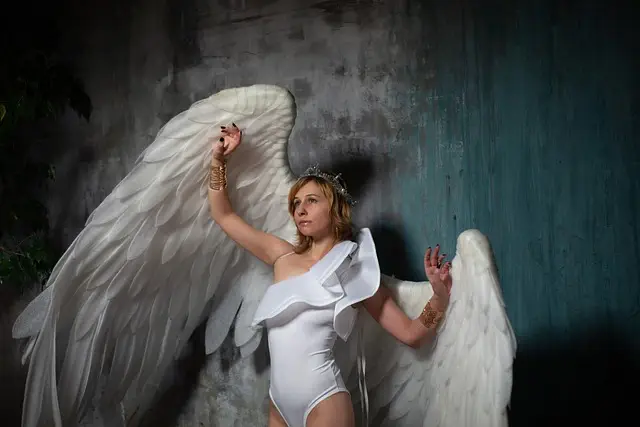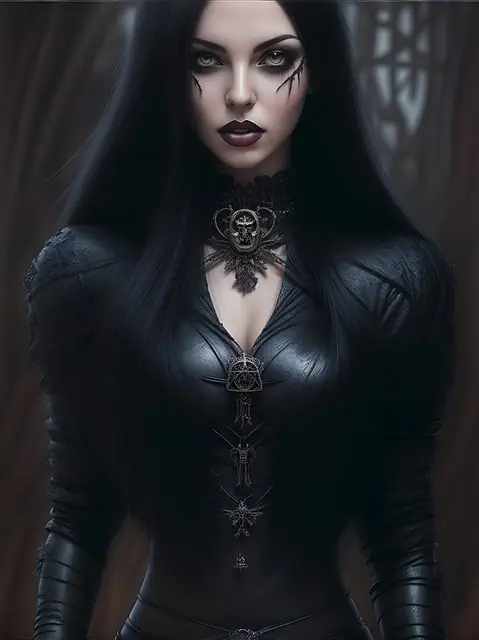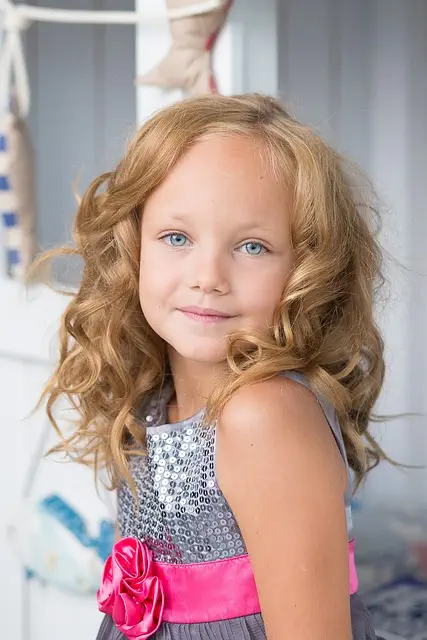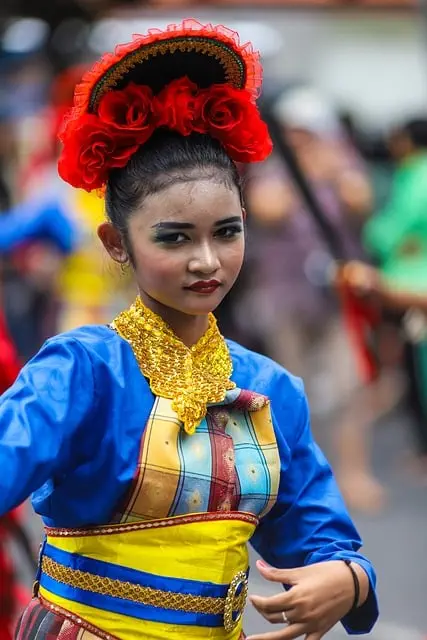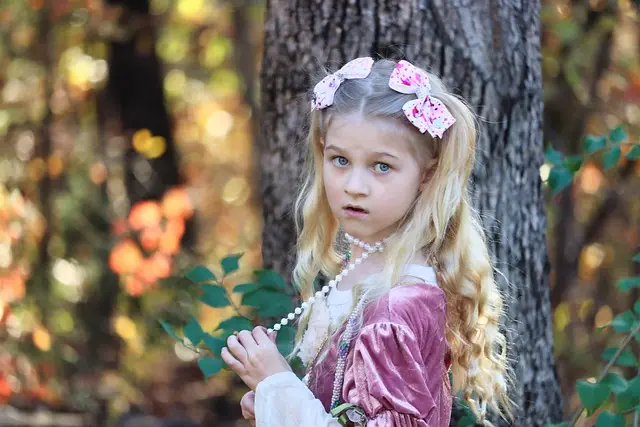The evolution of girls' costumes for Halloween reflects a tapestry of societal and cultural changes over centuries, from early roots in Victorian-era innocence and purity to today's diverse and expressive representations. Initially, costumes were often inspired by fairy tales and traditional roles. As society progressed, so did the variety of girls' Halloween costumes, expanding to include characters from cinema and literature like Nancy Drew and Alice in Wonderland. This trend continued with the inclusion of historical figures, fantasy beings, and pop culture icons, providing a platform for girls to explore and redefine their identities. The tradition of donning costumes on Halloween has its origins in the ancient Celtic festival Samhain, where such attire served as a protective measure against spirits. With the integration of Roman customs and the advent of mass-production in the 19th century, Halloween costumes became more accessible and intricate, solidifying the importance of girls' costumes in modern Halloween celebrations. Today, girls' costumes are a vibrant expression of personal creativity and societal norms, allowing young wearers to navigate and shape their identities through the characters they choose to embody on this spooky holiday.
Halloween, with its roots deeply embedded in ancient traditions and cultural narratives, has evolved into a global celebration of fantasy and fun. Among the myriad elements that have shaped this festive occasion, the evolution of girls’ costumes stands out as both a reflection of societal norms and a canvas for creative expression. This article delves into the historical progression of these costumes, from their ancient origins to their modern manifestations as representations of whimsy and pop culture icons. Join us as we explore “Girls’ Costume” history, tracing its transformative journey through different eras, highlighting pivotal moments in “The Ancient Roots of Halloween and Early Female Attire,” the Victorian Era’s influence on costume design, and the contemporary trends that continue to inspire.
- Tracing the Evolution of Girls' Costumes: A Historical Perspective
- The Ancient Roots of Halloween and Early Female Attire
- The Victorian Era and the Shaping of Girls' Halloween Costumes
- Modern Trends in Girls' Halloween Costumes: From Whimsy to Pop Culture Icons
Tracing the Evolution of Girls' Costumes: A Historical Perspective
The evolution of girls’ costumes for Halloween has been a reflection of societal changes, cultural influences, and the shifting narrative of what is considered appropriate or fashionable over time. Initially, girls’ Halloween costumes were often aligned with traditional roles or archetypes found within folklore and literature. For instance, during the late 19th century, common costumes for young women included characters from popular fairy tales like Cinderella or Little Red Riding Hood, embodying the innocence and purity often associated with femininity in that era.
As the 20th century progressed, the scope of girls’ Halloween costumes expanded significantly, influenced by a variety of factors including changing gender roles, the rise of mass-produced consumer goods, and advancements in textile and costume manufacturing. By mid-century, costumes began to incorporate more diverse characters from various sources such as cinema, television, and literature, with figures like Nancy Drew and Alice in Wonderland becoming popular choices among girls. This trend continued, leading to a rich tapestry of options where historical figures, fantasy creatures, and pop culture icons could all be found among the selections for girls’ costumes. Today, the range is even broader, with costumes reflecting contemporary themes, characters from blockbuster movies, and even personal expressions of identity, allowing girls to explore a multitude of roles and identities during this festive time.
The Ancient Roots of Halloween and Early Female Attire
Halloween, a cultural holiday observed on October 31st, has roots that stretch back to ancient Celtic festivals, specifically the festival of Samhain. This event marked the end of the harvest season and the beginning of the dark winter half-year. The Celts believed that on this night, the veil between the living and the dead became thin, allowing spirits to cross over into the world of the living. To ward off these wandering souls and protect themselves, the Celts donned costumes and masks, often made from natural materials like animal hides and vegetation. As time passed and cultures intermingled, particularly with Roman influences during the Christianization of the British Isles, the festival transformed into what we now recognize as Halloween.
The evolution of Halloween costumes through history offers a fascinating glimpse into societal norms and values. In early observances, people, including women, wore white sheets or simple disguises to mimic the souls of the deceased. By the 19th century, with the rise of various arts movements and the increasing popularity of theater, female attire for Halloween began to take on more elaborate and recognizable forms. The burgeoning mass-production of textiles and costumes during this period made intricate girls’ costumes more accessible, allowing for a wider variety of characters to be represented, from mythical creatures to historical figures. This trend continued into the 20th century, with the introduction of store-bought costumes becoming commonplace, particularly for young girls who eagerly anticipated the opportunity to dress up as their favorite heroes, villains, or fantastical beings, further cementing the tradition of costume-wearing on Halloween.
The Victorian Era and the Shaping of Girls' Halloween Costumes
Modern Trends in Girls' Halloween Costumes: From Whimsy to Pop Culture Icons
The history of Halloween costumes, particularly those worn by girls, is a rich tapestry that reflects societal norms and cultural shifts over centuries. From their ancient origins to the modern expressions seen today, these attire choices have evolved from modest beginnings during the Victorian Era to the diverse and imaginative girls’ costumes that now span genres and pop culture icons. This exploration into the past provides a deeper appreciation for the creativity and freedom expressed in current Halloween traditions. As we continue to celebrate this spooky season, it’s evident that the essence of Halloween will always be reflected in the joyful and varied costumes donned by girls everywhere, marking an enduring legacy in the annals of holiday fashion.
